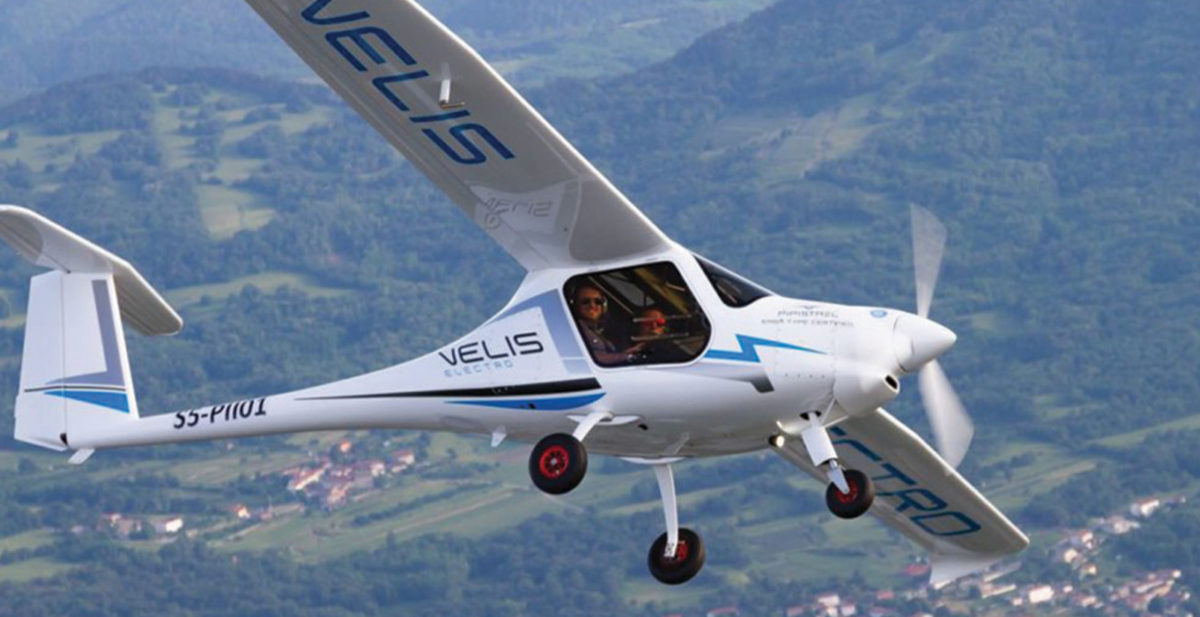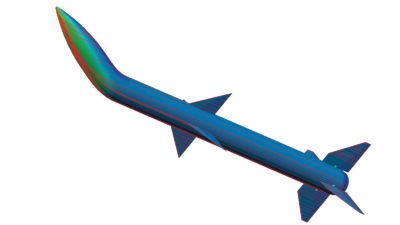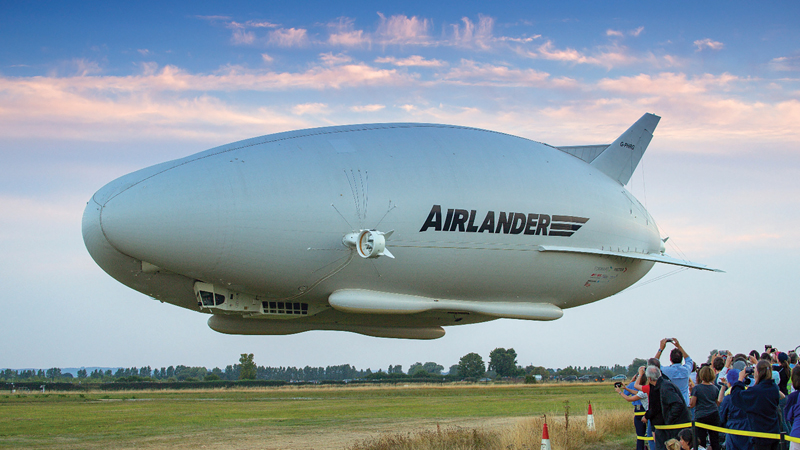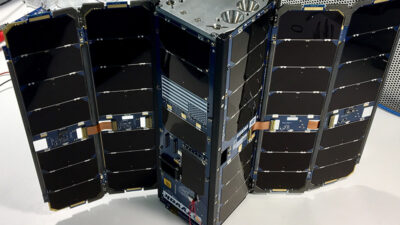Electrification, model-based engineering achieve performance, sustainability design goals
By Lisa Saam|December 2020
The Design Engineering Technical Committee promotes the development and dissemination of technologies that assist design engineers in defining practical aerospace products.
Electrification of general aviation aircraft became a reality in May when the European Union Aviation Safety Agency for the first time type certified an all-electric aircraft, the two-seat Velis Electro. The aircraft was developed and manufactured by Slovenia-based Pipistrel.
In the United States, NASA released illustrations in March of the final design of its first all-electric X-plane, the X-57 Maxwell. Empirical Systems Aerospace, the prime contractor, has tested the electric cruise motors at its facility in California, while also designing modifications to the wing. NASA plans to share lessons learned on the project to aid FAA in creating certification standards for electric aircraft.
The benefits of model-based engineering combined with data analytics and artificial intelligence became apparent in industry this year. Rolls-Royce generated digital twin support through industrial partnerships and employing its digital strategy with the Pearl 700 engines for the Gulfstream G700. A digital twin is a virtual representation of a physical object that shares data throughout the object’s life cycle. The first flight of the G700 occurred Feb. 14 in Savannah, Georgia. The benefit of using a digital twin is that preventive maintenance can be individualized with high-fidelity simulation based on live sensor data. Onboard sensors and simulation data inform engine diagnostics that can be used to improve performance and monitor engine health.
In March, the U.S. Army selected Bell Textron’s 360 Invictus helicopter and Sikorsky Aircraft’s Raider X coaxial compound helicopter to proceed to detailed design, build and testing as part of the Future Attack Reconnaissance Aircraft competitive prototypes program. The Army assessed performers on the air vehicle capabilities of their preliminary designs from phase one of the program. The assessment also evaluated the vendors’ ability to implement rapid prototyping processes and digital engineering interfaces for technical data exchange with the government to speed up competitive prototype flight demonstrations and the total life-cycle sustainment for a potential follow-on acquisition program.
Honeywell said in August it had received FAA certification for the first additively manufactured flight-critical part. The part is the No. 4/5 bearing house in the ATF3-5 turbofan engine, which was originally designed and certified in 1967. This certification demonstrates the maturity of additive manufacturing and the viability of 3D-printed parts as a solution to supply system obsolescence for sustaining aircraft. The U.S. Army also recognizes this potential, as demonstrated by a new policy published in September to address airworthiness of 3D-printed parts.
NASA and industry partners accomplished several tests to verify and validate the designs of elements for NASA’s Artemis program, which aims to put humans on the moon again by 2024. Repeated storms slowed NASA’s attempts to complete tests on the Space Launch System core stage at Stennis Space Center in Mississippi. Each test incrementally built on the next by increasing the scope of items being tested; the sixth test was in October and simulated countdown procedures that begin 48 hours before liftoff. Another milestone for the Artemis program was the June completion of structural testing of an Orion structural test article at Lockheed Martin in Colorado. NASA also completed the SLS rocket’s structural testing in June when it tested the liquid oxygen tank to its failure point at Marshall Space Flight Center in Alabama. Northrop Grumman conducted a full-scale SLS booster test in Utah in September to evaluate materials and processes to improve the booster’s performance.



































